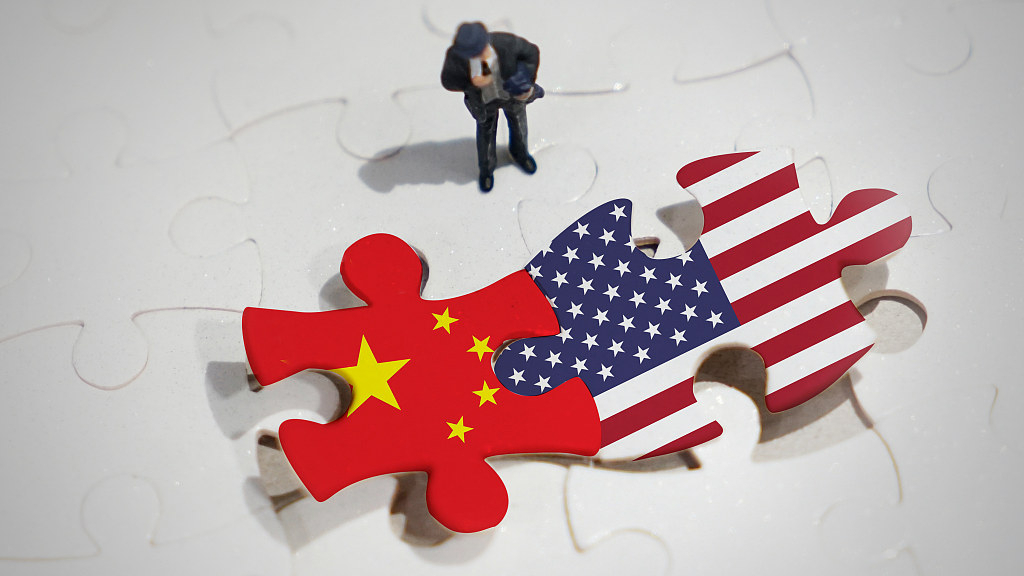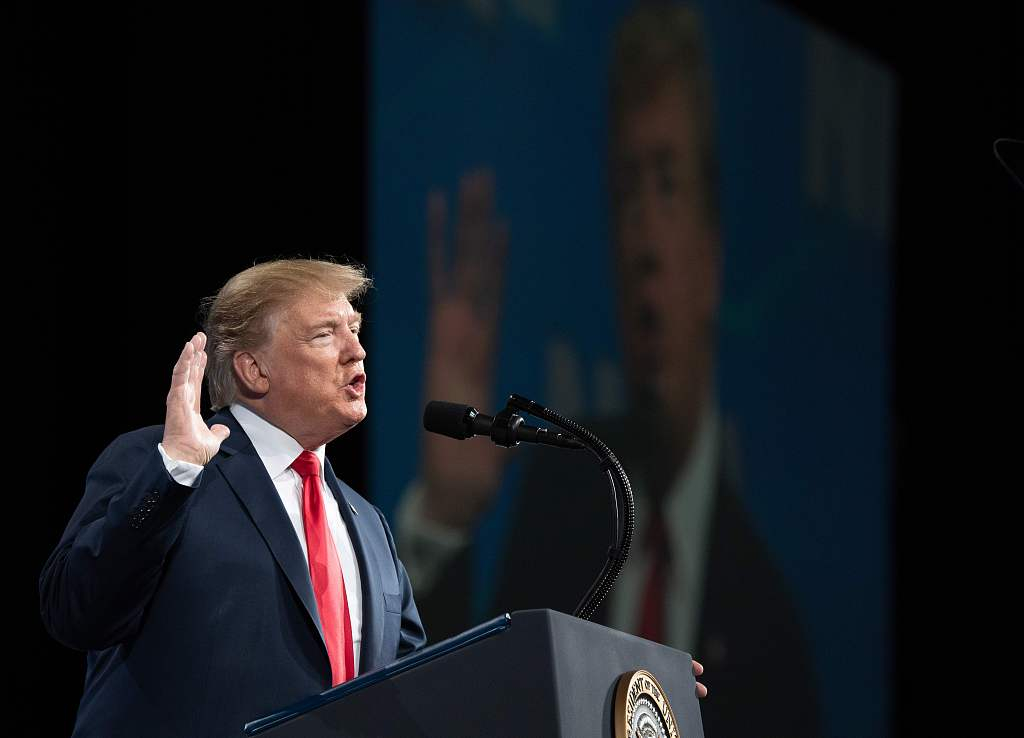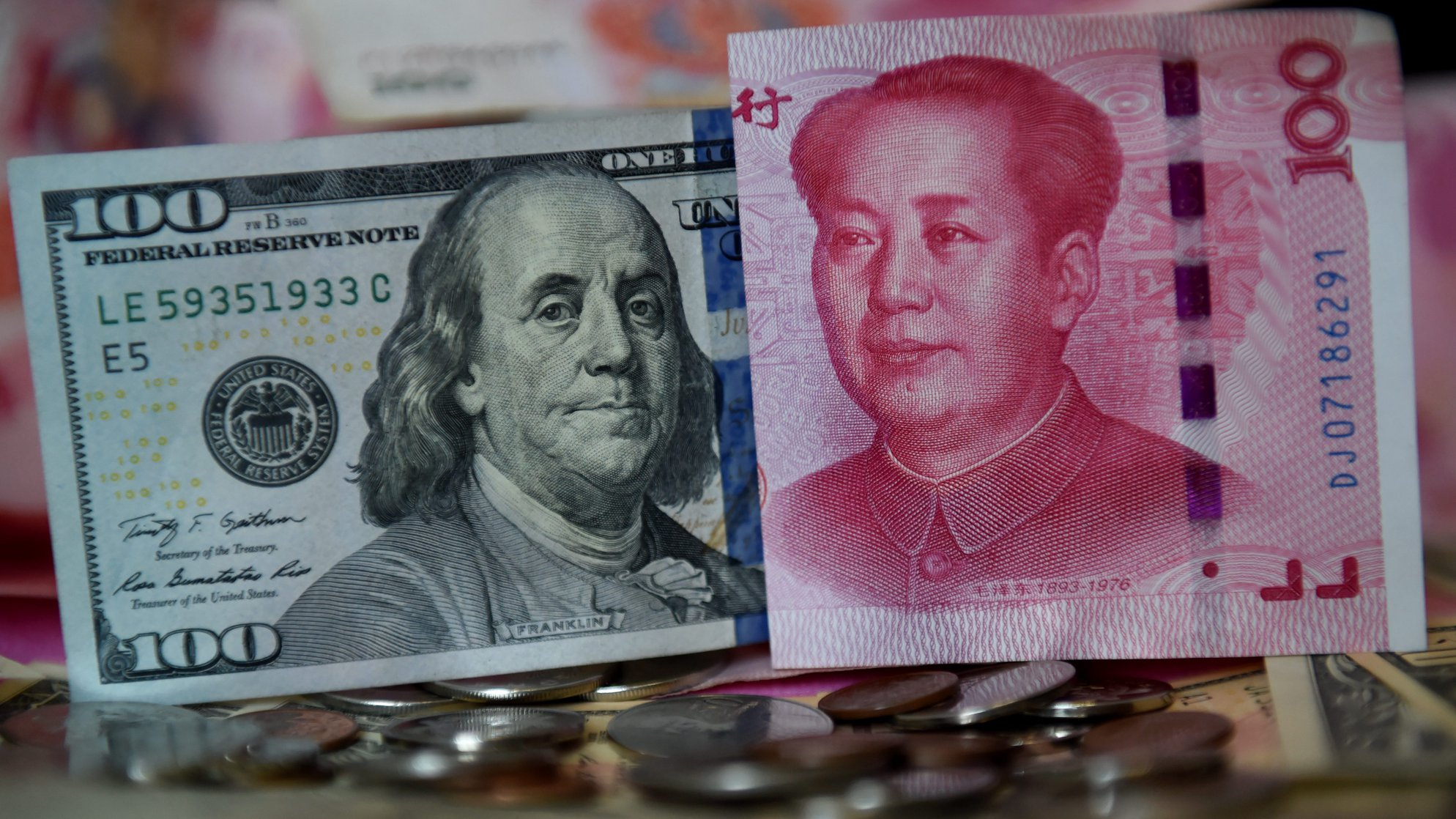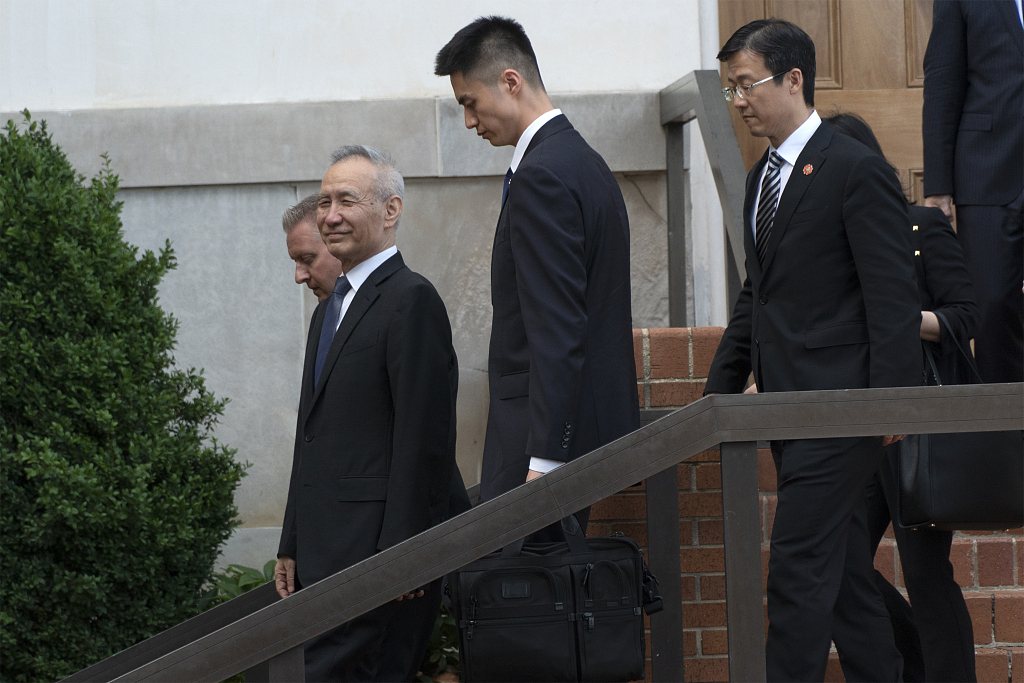
Opinion
08:04, 13-May-2019
Facing uncertainty in trade talks with rationality
Liu Dian & Wang Shoufei

Editor's note: Liu Dian is a research associate at Chongyang Institute for Financial Studies at Renmin University of China, and Wang Shoufei is an intern at Chongyang Institute for Financial Studies at Renmin University of China. The article reflects the authors' opinions, and not necessarily the views of CGTN.
Less than 24 hours after the announcement of raising tariffs on 200 billion U.S. dollars' worth of Chinese goods following the 11th round of China-U.S. trade talks, the U.S. signaled an even tougher line.
U.S. Trade Representative Robert Lighthizer released a statement on the evening of May 10, saying that the U.S. government would announce details on May 13 regarding the process of raising new tariffs on an additional 300 billion U.S. dollars' worth of Chinese products.
To properly evaluate the current situation as new uncertainties loom large, we need to start by understanding the pressure Donald Trump faces at home and abroad.
Trump's 'backpedaling' is fueled by mounting domestic and international pressure
According to information released by the U.S., Trump's "backpedaling" is directly caused by Beijing's attempt to renegotiate a trade deal. In addition, Trump feels pretty confident in threatening new tariffs, emboldened by promising economic data and a well-performing stock market at home.
His aim is to push a trade deal proposed by the U.S. so as to gain some extra credit for the upcoming presidential election.
But why on earth did Trump adopt such a pressing and aggressive tactic? The answer might lie in the financial, economic and political pressure he faces at home.

U.S. President Donald Trump speaks during the National Rifle Association Annual Meeting at Lucas Oil Stadium in Indianapolis, Indiana, April 26, 2019. /VCG Photo
U.S. President Donald Trump speaks during the National Rifle Association Annual Meeting at Lucas Oil Stadium in Indianapolis, Indiana, April 26, 2019. /VCG Photo
Starting from 2009, the U.S. stock market was on its longest bull-run in history until 2018. However, such robust momentum was crippled by the Federal Reserve's interest rate hikes and the trade war. Weekly plunges of over 500 points in February, October, November and December 2018 led to soaring "fear gauge", known as the VIX.
Many believe that although not experiencing an economic recession, the market has already seen signs of shrinking business profits and slowing economic growth. When being in good financial shape does not translate into rising stock prices, it indicates sagging investor confidence and a weakened market.
On the macroeconomic front, growing trade and financial deficits, as well as higher interest rates, will all exert downward pressure on the U.S. economy.
Although better-than-expected GDP growth was seen in the first quarter, it is not sustainable as such growth was driven only by temporary factors such as surging net exports and government spending.
According to Summary of Commentary on Current Economic Conditions released by the Federal Reserve in January, American companies are not optimistic about domestic economic prospects in 2019.
In the meantime, as the general election draws near, it seems that to regalvanize investors' confidence and the support from voters, Trump needs to secure a win – namely, to gain the upper hand in China-U.S. trade talks.
Driven by such an intention, Trump chose to follow an unbeaten track, only to find himself disappointed by China's assertive response.

U.S. dollar and Chinese yuan. /VCG Photo
U.S. dollar and Chinese yuan. /VCG Photo
Further agreement is hard to reach between China and the U.S. in three disputed areas
Immediately after Lighthizer and U.S. Treasury Secretary Steven Mnuchin reported to the president on the results of the 10th round of talks, Trump made an announcement on Twitter to hike tariffs. Currently under dispute are three major issues.
The first concerns the execution of the deal. For the trade deal already reached between the two countries, the U.S. government and business sector insist that Beijing finalize the deal in legal forms for fear of China backtracking on it, while China prefers supervisory regulations, fueling a crisis of trust.
Besides, Lighthizer hopes to sign a comprehensive agreement that would require China to undertake structural changes, protect intellectual property and ban forced technology transfer from foreign investors to their Chinese partners.
Furthermore, Trump's major focus is on trade. He believes that tariffs would give him tremendous leverage to reduce the U.S. trade deficit with China.
Despite Trump's threat raising tariffs on May 10, a Chinese delegation led by Vice Premier Liu He visited Washington on May 9 for the 11th round of talks. However, China's sincerity was met by Trump's aggressiveness.
As the talks ended with little progress, Trump threatened new tariffs on all remaining Chinese imports. Having repeatedly expressed its opposition to tariff rise and hope to reach a deal through negotiations, Beijing is also prepared to take necessary countermeasures.

Liu He, China's Vice Premier (L) departs the Office of the U.S. Trade Representative in Washington, DC, U.S., May 9, 2019. /VCG Photo
Liu He, China's Vice Premier (L) departs the Office of the U.S. Trade Representative in Washington, DC, U.S., May 9, 2019. /VCG Photo
Facing uncertainty in trade talks with rationality
In 2017, Zhu Min, chairman of the National Institute of Financial Research at Tsinghua University and former vice president of International Monetary Fund, noted that the biggest threat to global economic stability comes from the uncertainties in the U.S. economy and Trump's unpredictability.
The related risks in politics, interest rates and exchange rates will put the financial market in great jeopardy. Trump aims to boost GDP growth and "make America great again" through a stronger U.S. dollar, reduced trade deficits and growing business investments. However, it is hard to strike a balance among these objectives.
In addition, Trump's recklessness and the restraints exerted on him by other political parties have both created uncertainties for the implementation of his proposed policies.
A review of Trump's performance in his negotiations with Mexico and the EU reveals a common trace of his tactics – tariff rise is consistently used as a coercive instrument to force the other party into signing an agreement.
As a major rising power, China will not allow the U.S. to lead it by the nose. China's trade negotiators will steadfastly uphold national interests and will not compromise on principles.
The huge potential of domestic consumption and investment market as well as enhanced industrial, product and business competitiveness will drive China's mid- and long-term economic growth.
There is also sufficient room for regulation and control of monetary and fiscal policies. It is perfectly natural for any rising great power to encounter setbacks. Holding fast to cooperation as the only acceptable approach to handling foreign relations, China will tide over all difficulties.
(If you want to contribute and have specific expertise, please contact us at opinions@cgtn.com.)

SITEMAP
Copyright © 2018 CGTN. Beijing ICP prepared NO.16065310-3
Copyright © 2018 CGTN. Beijing ICP prepared NO.16065310-3